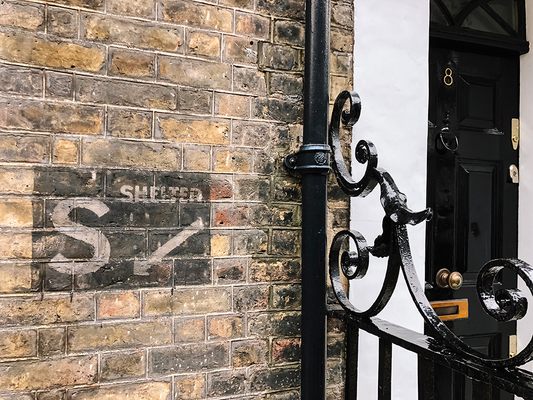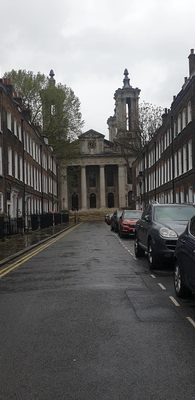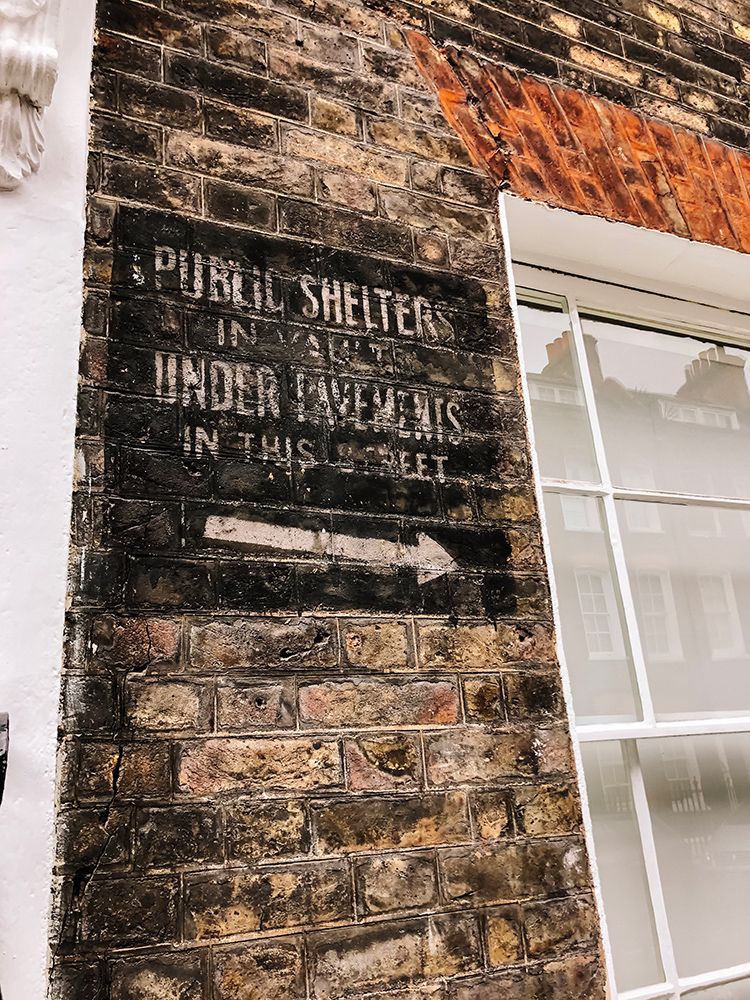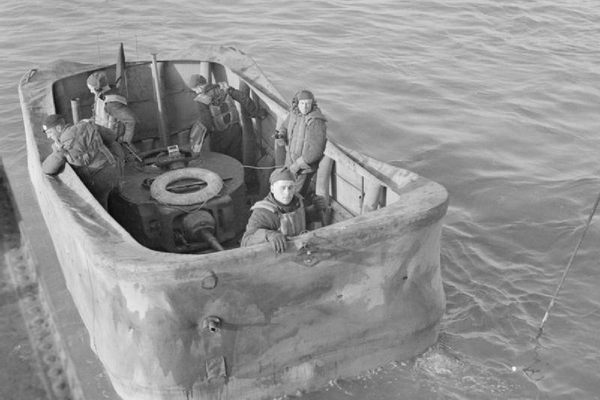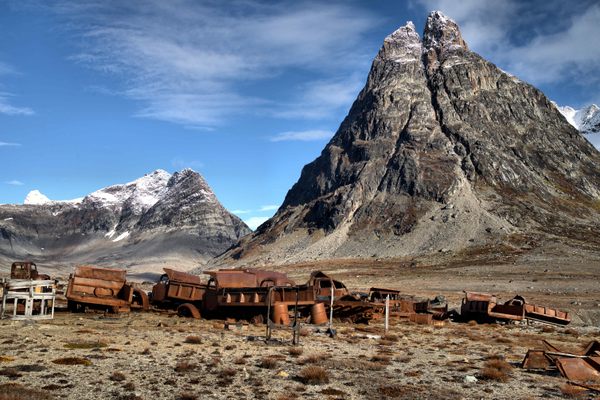About
London has a turbulent history, and just outside of the city's main tourist path, there remains a faded reminder of some of its darker days. Wander past Westminster Abbey and take Lord North Street toward Smiths Square, and you'll find evidence of what was once a common sight during the Second World War. Between numbers 7 and 8, painted at eye level, are fading signs pointing the way to "Public shelters in vaults under pavements in this street."
It's a well-known piece of London history that during the Blitz, thousands of Londoners took shelter underground. During the air raids of the 1940s, these signs would have directed local residents to the safer subterranean spaces.
Blackout regulations were imposed on September 1, 1939—before the declaration of war—and full lighting of the streets did not return until April 1945. There were strict instructions that all windows and doors should be covered at night to prevent any light from escaping. This was done to make it harder for enemy aircraft to navigate and target by sight, but simultaneously made it difficult for civilians heading underground to find their way.
By the time war broke out, the blackout at street level was complete enough to make walking difficult and driving hazardous, and white paint was introduced as a safety measure. This paint was used to mark notable features, including the edges of streets, entrances to tube stations, and shelter signs such as this one, allowing them to remain visible in the gloom.
Following the war, these painted remnants of the Blitz were not celebrated, so few of these marks now remain. However, the black and white theme is perhaps part of what has helped these Lord North Street signs remain remarkably well preserved, still visible as a stark reminder of the past.
Related Tags
Know Before You Go
You can walk by the sign at any time, though please be respectful of the fact this is a residential street.
Published
November 4, 2019

